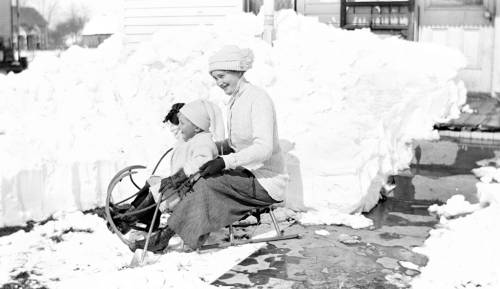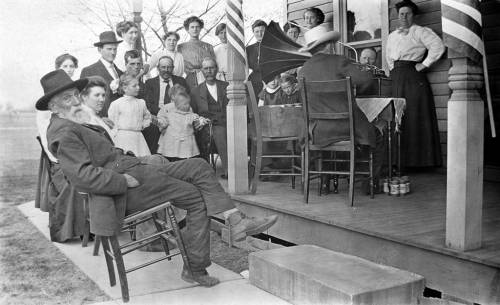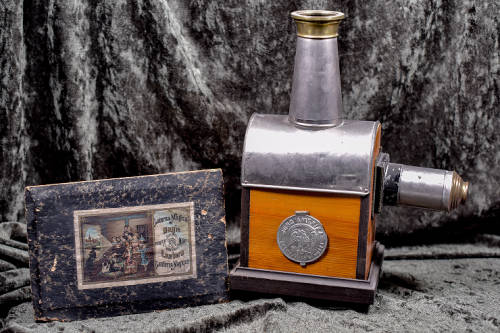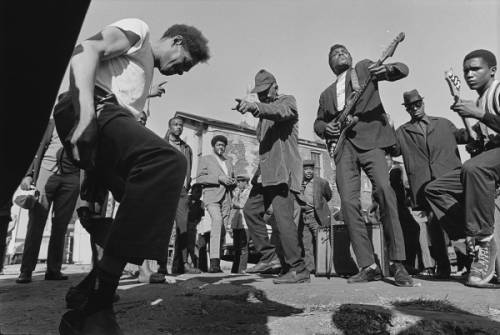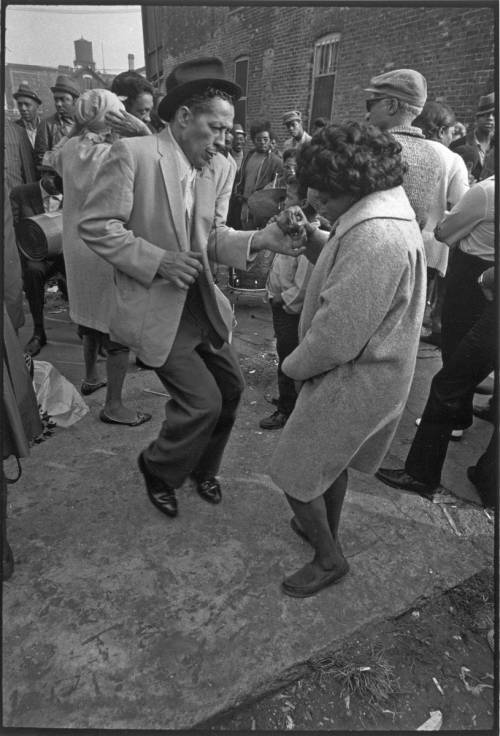A staple lunchbox food, picnic addition, or food on the go, the sandwich is so ubiquitous these days that we might eat or make one without ever stopping to wonder about the history of this versatile dish. With August as National Sandwich Month, the IDHH would like to highlight this humble entrée and the many ways it’s permeated our everyday culture. While something resembling the sandwich has most likely existed since the consumption of meat and bread began, legend has it that John Montagu, 4th earl of Sandwich, once dined on sliced meat and bread while playing at a gaming table so that he could continue to play as he ate. Indeed, the name was adopted in the 18th century for the earl, but probably due to his requests for the dish in London society or perhaps from a penchant of his to eat sandwiches while working at his desk. Regardless, Montagu’s social status lent the food credibility, and the sandwich soon became fashionable fare on the European continent.
The food item’s simplicity and versatility allow it to be a suitable choice in a variety of environments. Just as welcome in the lunchbox of an elementary school student as a busy professional, the sandwich can be arrayed in a myriad of ways, dressed up for foodies or made as plainly as possible. The World War II poster featuring the character “Jenny on the job” illustrates how the sandwich was used as part of an appeal to a sense of manliness and competence for female workers stepping into roles traditionally filled by men, who were overseas fighting in the war. As versatile as the food itself, the word “sandwich” may also refer to non-food items as well, such as the town of Sandwich, Illinois, the Sandwich Range in the White Mountains of New Hampshire, or the sandwich mathematical theorem.
Have are a few of our favorite sandwich-related items from the collection:
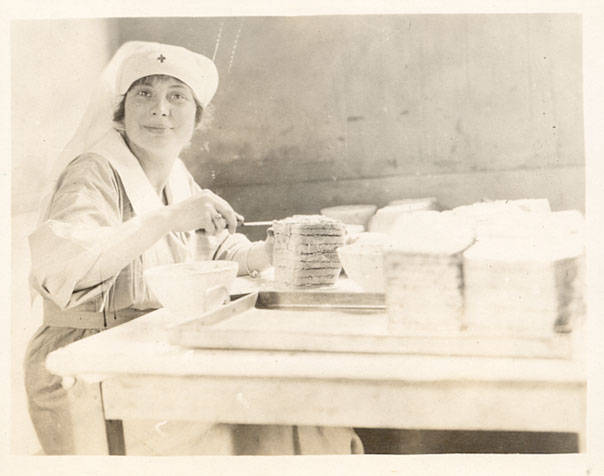
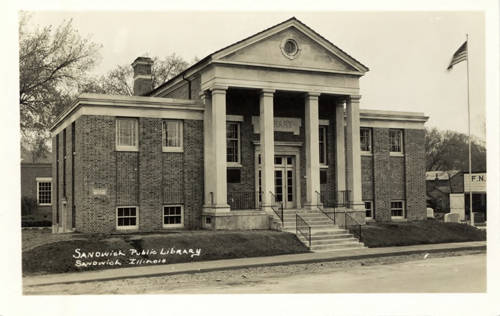
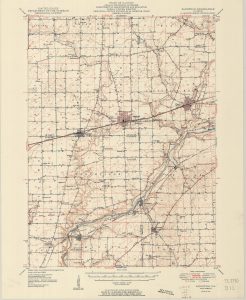
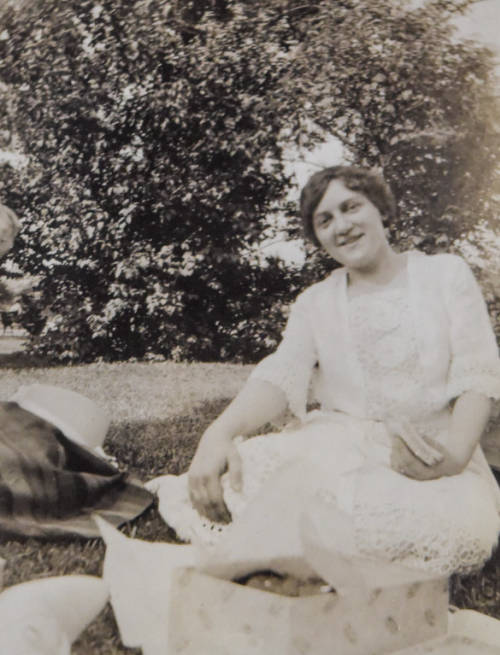
Warnecke friend holds a sandwich at a picnic, circa 1910s. circa 1910s. Bensenville Community Public Library. Bensenville Historical Collection. Courtesy of Bensenville Community Public Library.
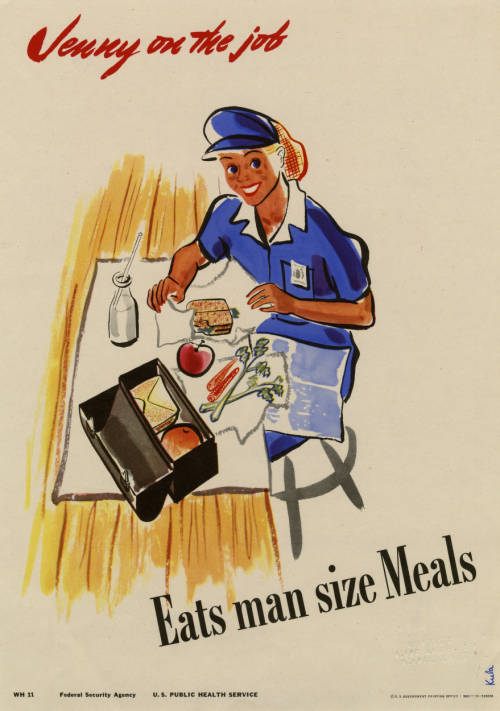
Jenny on the job eats man size meals. 1943. Created by Kula Robbins, for the U.S. Public Health Service. Illinois State University. Propaganda on All Fronts – United States & International World War II Era Posters. Courtesy of Illinois State University.
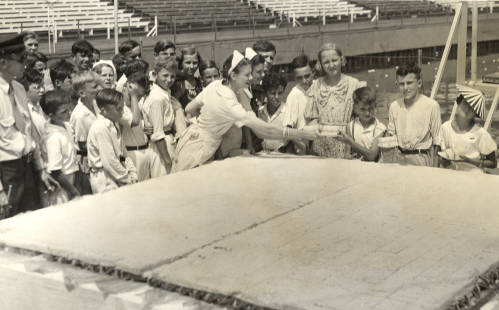
Want to see more?
View even more items related to sandwiches on the IDHH.
